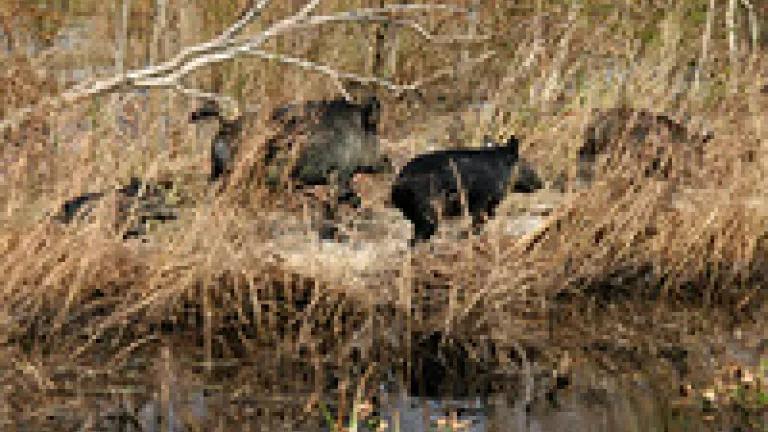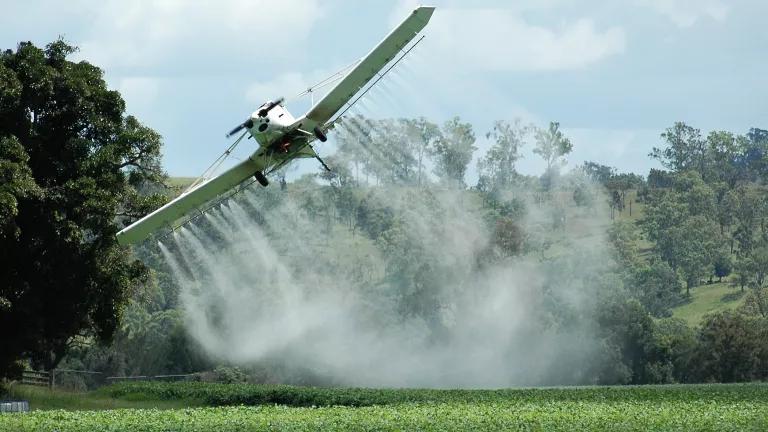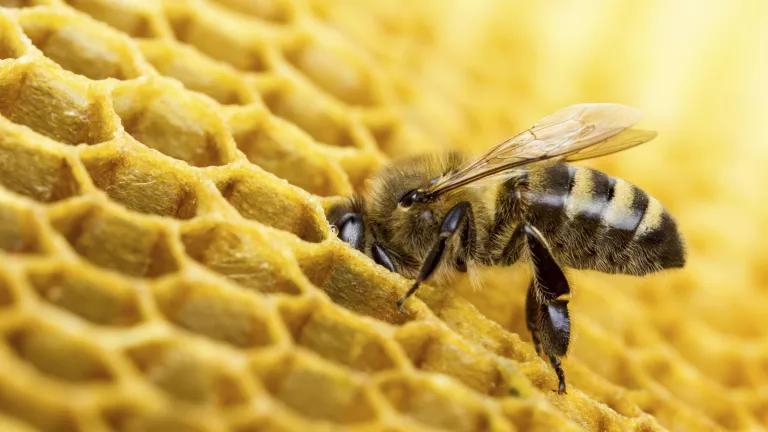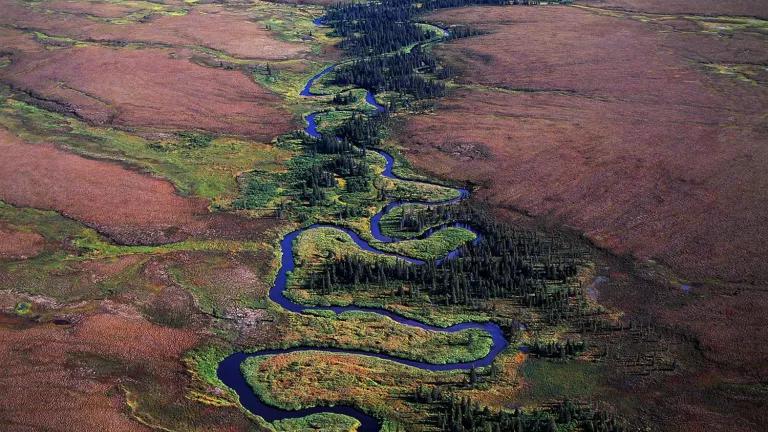A New Mission for Wildlife Services? Feral Swine Is a Better Target Than Native Wildlife

Sequester. Budget deficit. National debt. With words like these swirling around Washington, DC -- and the political pressure they have generated to find ways to cut federal spending (we’ll leave aside whether that’s wise fiscal policy for now) -- I was a bit taken aback when I learned that President Obama had recommended that the federal government increase the budget of a once-obscure, but now controversial, federal program called “Wildlife Services.”
The Orwellian-named program (formerly known as Animal Damage Control) spends nearly 100 million taxpayer dollars a year to kill millions of wild animals across the United States. Most disturbingly, the agency spends much of this money on a relentless mission to kill native carnivores, ranging from coyotes and bears to mountain lions and wolves.
But all is not as it appears. As it turns out, the increase in funding that the USDA is pushing for, and the Obama Administration has signed off on, is actually meant for feral swine (wild pig) control, which is an entirely different beast (literally and figuratively). The need to invest in feral swine control was highlighted last week in a Senate appropriations hearing, and today Wildlife Services is hosting a scoping meeting for a national feral swine “damage management program.”
Feral swine are an invasive and highly destructive species. They have steadily spread -- sometimes with human help -- across much of the Southeastern and Western United States and, increasingly, into the Midwest, as highlighted recently by the New York Times. Feral swine have few natural predators, are omnivorous (and often predatory) eaters, and their rooting and wallowing behavior can cause severe damage to native ecosystems, particularly forests and wetlands. In fact, feral swine are often cited as a threat to native endangered wildlife.
So refocusing the agency’s attention on feral hogs -- instead of wolves, mountain lions and bears -- isn’t a bad idea. But there are a few things to be careful of:
- First, Wildlife Services’ own assessment of the benefits of its control programs is often flawed. As NRDC laid out in our report Fuzzy Math, Wildlife Services’ cost-benefit analyses of its programs often fails to follow either federal or basic academic standards.
- Second, Wildlife Services’ budget is notoriously murky. In fact, the agency often can’t even tell Congress exactly how it spends its money. In a 2011 letter to members of Congress, for example, the agency noted that because “we do not use a management accounting cost system” it could neither tell them how much money it spends on various management techniques nor break out the cost-categories (e.g., local governments, private business) to whom it was providing these services.
So, before anybody decides to give Wildlife Services more money to play with, we need to make sure it will actually be spent for its intended purpose – that is, dealing with feral swine – and that it will be used in a cost-effective manner that benefits the public and America’s natural landscape.
Right now, all of that is a big “if.”



